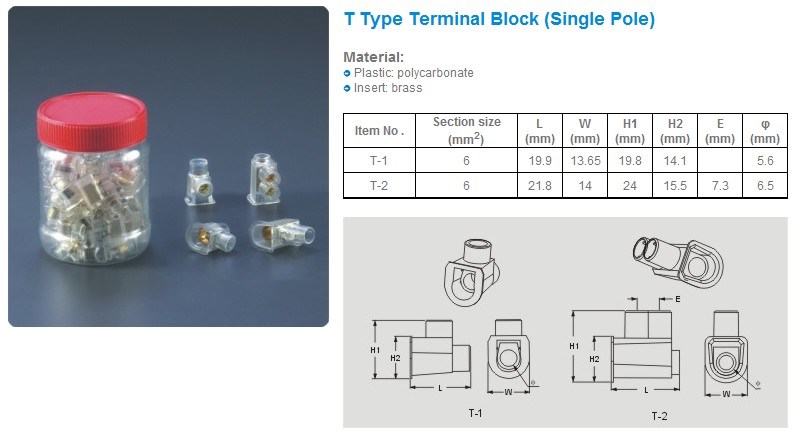The UK terminal is a very common terminal. The WUK terminal is used to facilitate the connection of the wire. It is actually a piece of metal sealed inside the insulating plastic. There are holes at both ends to insert the wire, and screws are used for fastening or Loosen, such as two wires, sometimes need to be connected, and sometimes need to be disconnected, this can be connected with terminals, and can be disconnected at any time without having to solder or entangle them, it is convenient and quick. Moreover, it is suitable for a large number of wire interconnections. In the power industry, there are special terminal blocks, terminal boxes, all of which are terminal blocks, single layer, double layer, current, voltage, ordinary, breakable and so on. A certain crimp area is required to ensure reliable contact and to ensure sufficient current is passed.
UK terminal types are divided into: 1. general purpose; 2. universal grounding type; 3. general experimental type; 4. double wiring type; 5. double layer wiring type; 6. fuse terminal. Common UK terminal types: UK1.5N, UK2.5B, UK3N, UK5N, UK6N, UK10N, UK16N, UK35B, UK35N, UKH50, UK95, UK150.
The comfort of use of the combination terminals depends to a large extent on the accessories of the terminals. For the UK range, all relevant wiring requirements can be achieved in a way that saves both storage space and ease of operation. The stampings, screws and small sleeves of the bridge are made of a special copper alloy that has been tinned or nickel plated. At least 70% of the current rating of the terminal's rated current can flow through all of the bridges. For specific current value, please refer to the technical parameter description of each bridge in the sample.
All UK...series universal terminal blocks of the general specification can be used in the EEXe field in accordance with EN50 019. The corresponding Ex explosion-proof license component certification number can be found under the wiring data. Similar to the sister models with smaller outer dimensions of the thinner wires, the dimensions of the terminals with conductors larger than 6 mm 2 are also optimized. For example, the UK 6N type terminal has a maximum rated operating voltage of 800V and a thickness of only 8.2mm. Since all the terminals from UK 3N to UK 10N have the same outer contour, accessories such as group partitions or end plates can be used universally.









